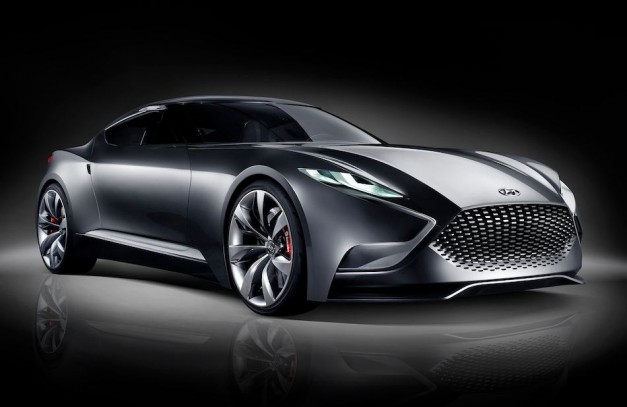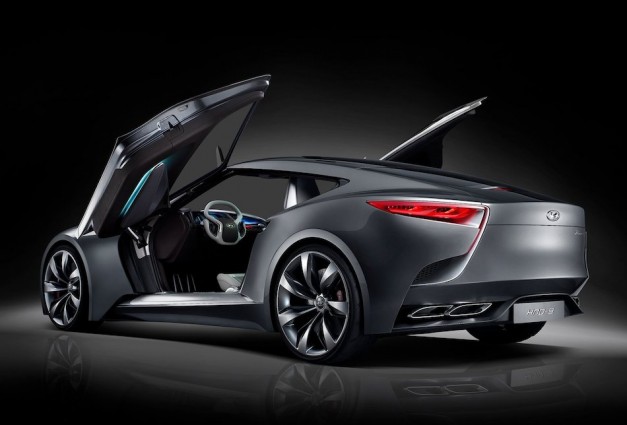These days drivers expect their car to connect to their smartphone (or other device), so that it can instantly provide all the information, communication and entertainment they could want to their fingertips.
But that’s not all. Did you know that you can use the power of technology to improve your driving habits, or to optimize your car for better performance?
We've compiled a list of our three favourite apps that can help you track your car’s overall performance, provided you have a smartphone (Samsung Galaxy, iPhone, HTC, Motorola, etc.). There are plenty of apps for cars out there with varying emphasis on safety, driving experience and maintenance - but these are our picks to get you started!
We've compiled a list of our three favourite apps that can help you track your car’s overall performance, provided you have a smartphone (Samsung Galaxy, iPhone, HTC, Motorola, etc.). There are plenty of apps for cars out there with varying emphasis on safety, driving experience and maintenance - but these are our picks to get you started!
- aCar: With more than a million downloads so far from Google Play, this car management app is an ideal tool for car owners who want to track and keep records of fuel efficiency, mileage, fill-ups, services, expenses and trips. Check out aCar on Google play.
- Torque Pro: Torque Pro is a powerful app that you can utilize to optimize your car's performance. One good feature of this app is that it allows you to see you what your car is doing in real-time! You can also get OBD fault codes, performance info, sensor data and more from this application. In order to fully use this app; you’ll need an OBD II Bluetooth adapter. Check out Torque Pro on Google play.
- iOnRoad: If driving safety is one of your major concerns (and it should be!), then iOnRoad is for you. This app uses your phone camera, GPS and sensors to detect vehicles in front of your car. It maps object in front of the driver in real-time, calculates the driver’s current speed, and alerts the driver of coming danger! iOnRoad is fully loaded with heaps of features; you can check it out here.




